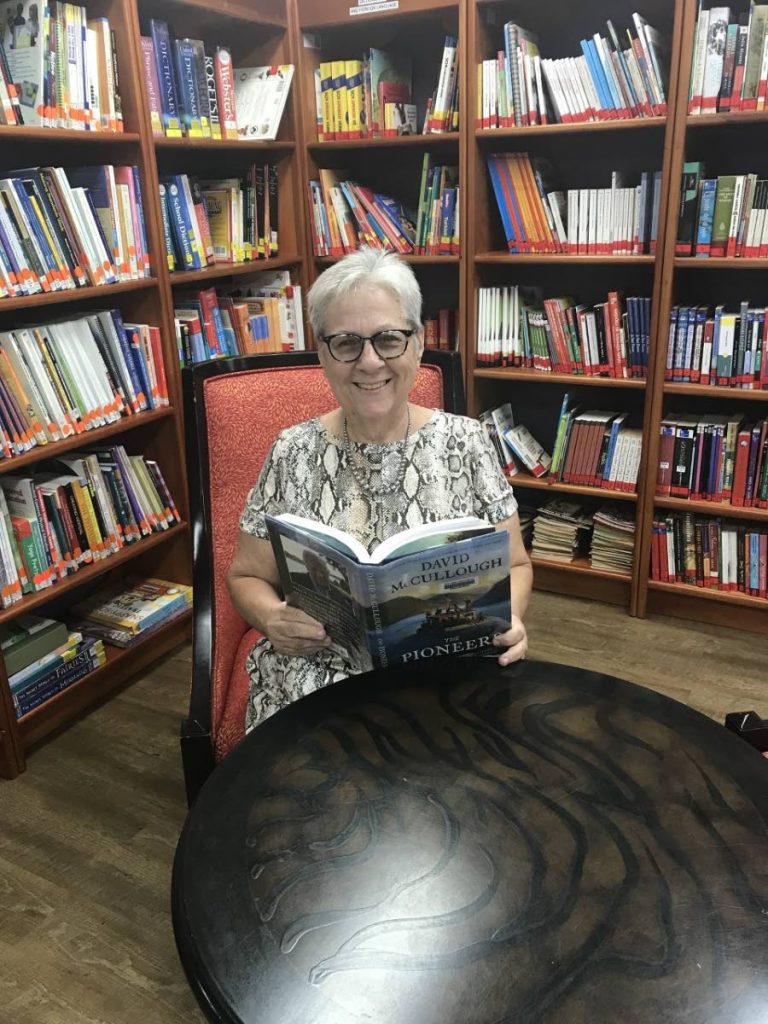We can’t tear down history

THERE IS much we can do with history. We can revere it, twist it, misrepresent it and rewrite it, but we cannot obliterate it. This is important to remember as demonstrators tear down statues of historical figures in the US and other countries. I can’t condone the destruction of statues – even the ones that represent the wrong side of history – not only because they represent art, but because there is danger in such destruction.
Statues amaze and frighten me because they are three-dimensional objects that spark historical memory and create a one-dimensional image of the person they represent.
Outside of a space like a museum exhibit that can capture the social and historical context that shaped a person’s life, statues can become dangerous single-minded representatives of history. I have no doubt that a statue of Robert E Lee, the US Confederate general, stirs a hideous nostalgia for the Confederacy and its slavery in rednecks and racists who feel buoyed by the dead general’s presence in the square.
But it is equally important to remember that after the US Civil War Lee became president of Washington College, which was renamed Washington and Lee University in his honour because of his positive influence on young students after the war. Lee’s biographers note his work in trying to heal the wounds the civil war caused. He never wanted a statue of himself and to deny Lee’s post-war work in trying to heal a war-torn nation is to deny his story of redemption.
A statue can never capture the complex nature of southern general Stonewall Jackson, shot accidentally by one of his own men at the Battle of Chancellorsville. Jackson, a preacher and teacher, owned six slaves. To say he taught them to read and write offends many people and rightfully so because it sounds like a hollow defence of a slave owner, but it is worth noting, historically speaking, how rare this was for slave owners to do.
Jackson is known as one of the greatest military tacticians in history before he died on May 10, 1863, of pneumonia. His family home in Lexington, Virginia has been turned into a museum which tries to tell the story of the six slaves who served Jackson.
If we want to understand history and historical figures, we need to understand the good, the bad and the ugly that shaped the person who became that statue. These are not in equal proportions and often times the bad and the ugly overwhelmingly define the person. I can’t imagine saying anything positive about Belgium’s King Leopold, who committed colonial atrocities in the Congo. But I don’t want his statue destroyed.
I want it in a museum for people to be reminded of the horrors of slavery and colonialism. To try to obliterate that history dishonours those nameless people who lived as slaves. I want those statues in a museum where people can note how ordinary looking people like Leopold can turn into monsters.
We can’t tear down history. The Holocaust Jews remind us of that. Their concentration camps still stand as a reminder of that heinous period in history. The Holocaust Jews know the danger of forgetting.
We talk about taking down the statue of Christopher Columbus and credit him with initiating Amerindian genocide in the New World. All conquests bring inexcusable mass destruction. We need to seek solutions to the devastation that reigned after Columbus’s voyages. Yes, we should remove Columbus’s statue and put it on display in a museum so that the horrors his arrival caused can be presented in a more complete picture.
As the Black Lives Matter movement continues to grow we need to ask ourselves why we do not have a single statue or plaque commemorating Trinidadian-born Stokely Carmichael – a key figure in the civil rights movement. His work as a community organiser registering black voters in the deep South of the US was important.
A statue of Carmichael (who would reinvent himself as a Pan-Africanist and take the name of Kwame Ture after the civil rights movement) should be recognised and honoured in a Trinidadian museum. He has been marginalised in Trinidad history because he condoned violent protests even while he was head of the Student Nonviolent Co-ordinating Committee. Ture’s statue in a town square would allow detractors to take his strong rhetoric about violence out of context, while a statue in a museum could provide a more complete picture of the important role he played in history.
History is complex. It deserves to be rich with detail and understanding so that we can learn and grow from our past.


Comments
"We can’t tear down history"